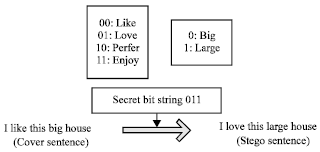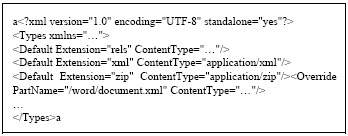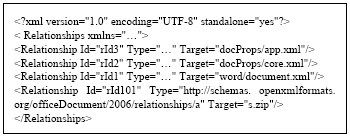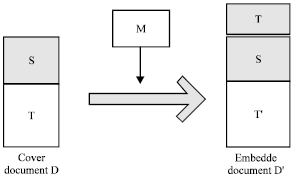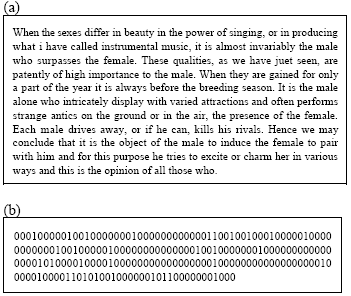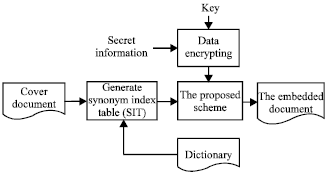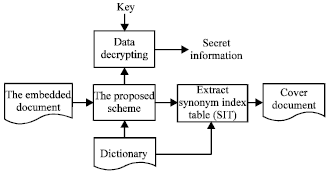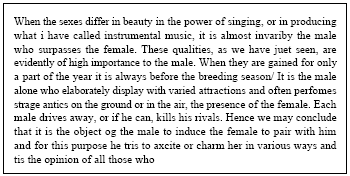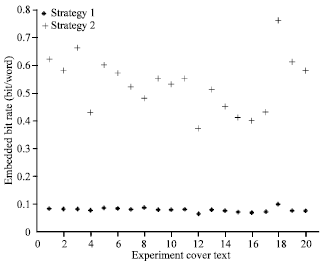Research Article
A Novel Reversible Text Data Hiding Scheme
Department of Information Engineering and Technology, NanHai Campus, South China Normal University, Foshan, 528200, China
Xingming Sun
Jiangsu Engineering Center of Network Monitoring, Nanjing University of Information Science and Technology, Nanjing, 210044, China
Jianjun Zhang
School of Information Science and Engineering, Hunan University, Changsha, 410082, China
Lingyun Xiang
School of Information Science and Engineering, Hunan University, Changsha, 410082, China
Xianyi Chen
School of Information Science and Engineering, Hunan University, Changsha, 410082, China
Xu Li
School of Information Science and Engineering, Hunan University, Changsha, 410082, China









